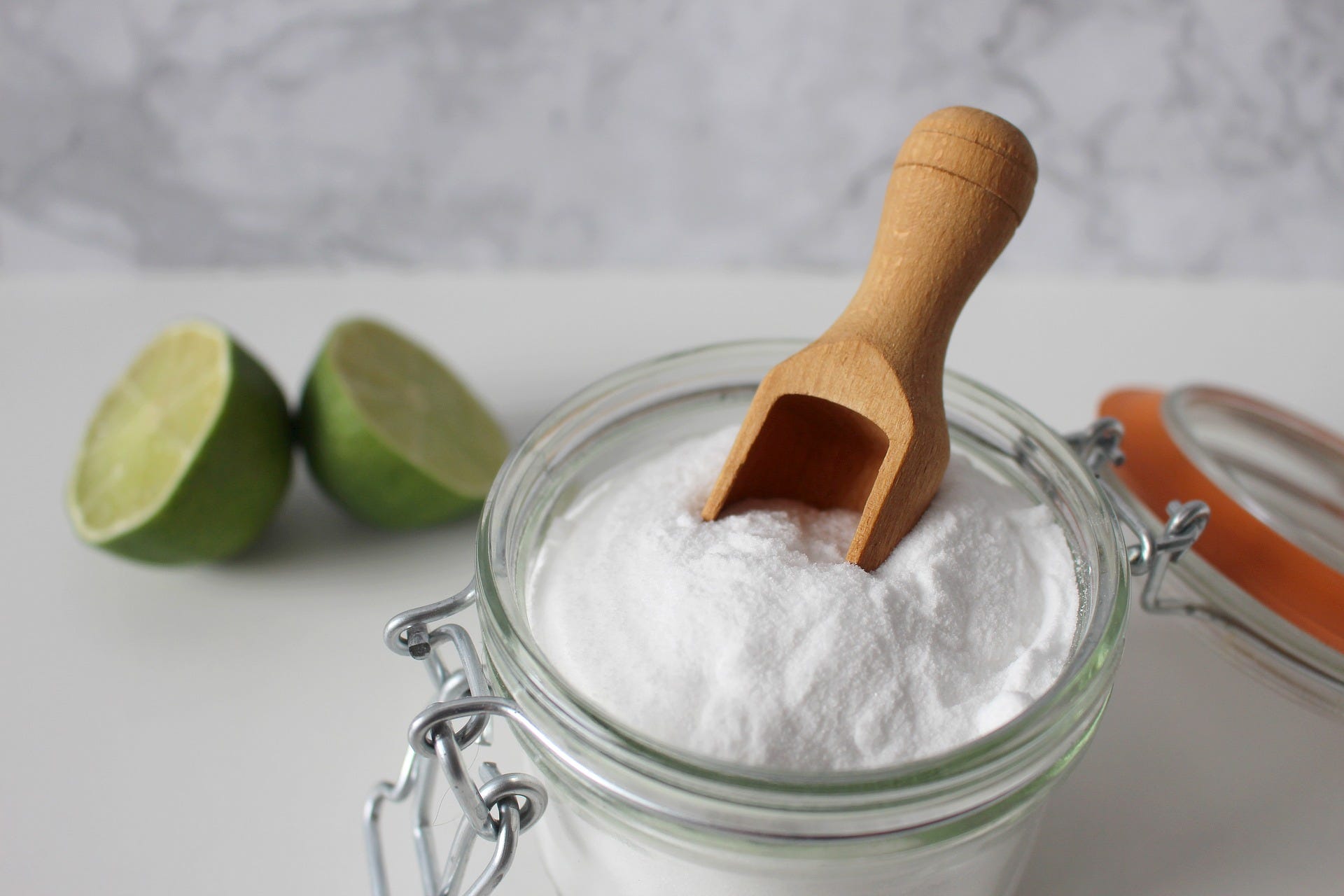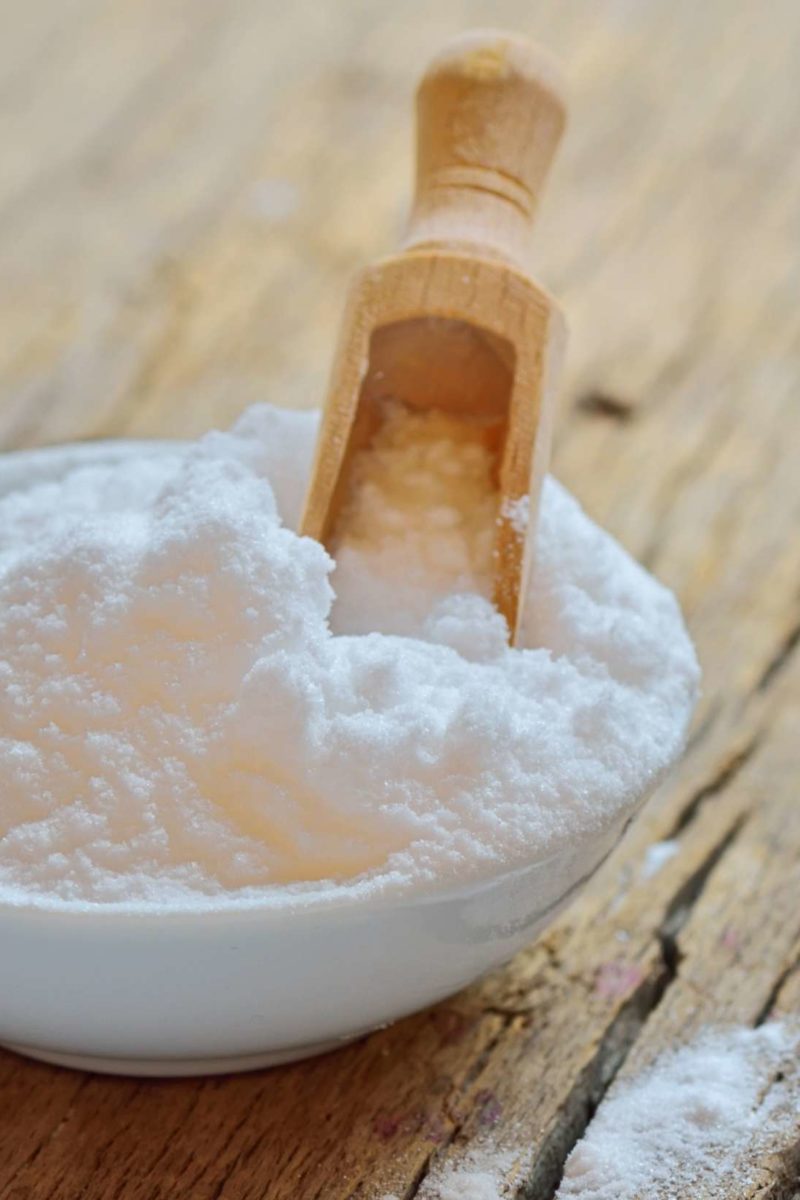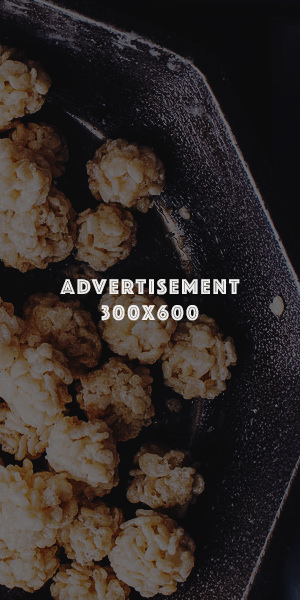Whether you are a long-tenured baker or just starting out, chances are you have run into three common baking ingredients: baking powder, yeast, and baking soda. Since they are all leavening agents (they help the dough or batter rise in baked goods), baking soda, baking powder, and yeast are often confused for one another in baking recipes. Though they may have similar effects, they are very different in nature and the unfortunate result of a mistaken swap can be substantial. Though baking powder, baking soda, and yeast are often mistaken for one another, it is important to understand how each of these respectively interacts with other ingredients and how they affect the overall recipe.
Baking Soda

Baking soda, or sodium bicarbonate, is one of the most commonly used leavening agents in baked goods. Baking soda is naturally found in crystalline form but when used for cooking, is ground to a fine powder. Baking soda is often used to leaven quick-bake items such as pancakes, muffins, scones, cakes, and even some fried foods.
Considering baking soda is a base, it will react with any acid it encounters. Due to the alkaline chemical compound of baking soda, when it is mixed with acid it will produce small gaseous carbon dioxide bubbles. When baking a cake, the acid comes in the form of vinegar, lemon, buttermilk, yogurt, cream of tartar, or even coffee. Moreover, in cake batter, once the baking soda has reacted with the acid, it is important to immediately put the batter in the oven because the air bubbles can be lost over time. However, when baking cookies, the acid that triggers the reaction with baking soda generally comes from dry ingredients such as brown sugar or cocoa powder. This is why cookie dough can keep much longer in the refrigerator. The chemical reaction does not effectively occur until the cookie dough is placed in the oven.
Aside from leavening, baking soda also increases the pH of the dough it is added to. This creates thickness, while weakening the gluten, to create tender baked goods. Compared to baking powder, baking soda is about four times as strong, and as such, recipes generally only call for a small amount. If too much baking soda is used, it can create a metallic aftertaste. Baking soda differs from yeast and baking powder, because it produces carbon dioxide gas (and loses it) quickly. Once exposed to heat, it will expand and become rigid. Baking powder or yeast is generally sought after in place of baking soda when a recipe calls for an extended chemical reaction (aka rising of dough) rather than a quick release.
Baking Powder

Baking powder is comprised of a mixture of ingredients including baking soda, cream of tartar, and occasionally, cornstarch. Baking powder can either be single-acting or double-acting, with the latter of the two being most commonplace. Single-acting baking powder involves one initial activation process that occurs once the liquid is added to the mixture. This is due to the fact that the acid and base are already combined in the mixture that is baking powder. Double-acting baking powder refers to the idea that CO2 is produced at different stages of the baking process, rather than immediately upon initial activation. This means that much like the single-acting process that occurs, the initial leavening occurs once the baking powder encounters liquid. This is why some batters cannot be prepped ahead of time, because the CO2 is already being released.
Baking powder is most commonly used in recipes that do not call for an additional acid, like yogurt, cream of tartar, lemon, or vinegar. This is because baking powder contains two acids: monocalcium phosphate and either sodium acid pyrophosphate or sodium aluminum sulfate. The monocalcium phosphate reacts with the baking soda once it is wet, therefore causing the initial leavening. However, the secondary chemical leavening process occurs when either the sodium acid pyrophosphate or sodium aluminum sulfate is both wet and hot. This means that the secondary leavening process won’t occur until after the dough is placed in the oven. This causes the batter to rise over a longer period of time and resulting in a lighter end product like a cake or muffin.
Occasionally, recipes that contain some sort of acid will call for both baking powder and baking soda. This is generally because the volume is so great that the CO2 created from the acid and baking soda does not leaven the batter to the degree necessary. Though baking powder is similar to yeast by way of leavening baked goods, the way in which they work differs greatly. One is a chemical reaction, and the other is a biological reaction, and the time frame associated with the activation of yeast is much greater.
Yeast

Yeast is made up of small, single-celled organisms that consume sugars and excrete carbon dioxide. Through this biological reaction, the leavening of dough occurs. Though yeast can be found either fresh or dried, when it is first purchased at the store, it is generally in a dormant state due to shelf stability. In order to activate dried yeast and have it “wake up,” it needs to be combined with (commonly) a warm liquid to hydrate it, and sugar, including honey, fruit juice, or plain table sugar, for it to feed on. As the yeast consumes the sugar, the CO2 and alcohol byproduct allows dough to rise and to develop gluten and flavor. When baking bread, yeast can help strengthen the elasticity of the dough (the gluten) resulting in a chewier and fluffier bread. Without gluten, the CO2 bubbles in bread would be lost, resulting in a much denser loaf. Whether in the form of active dry yeast or homemade starter, yeast is essential for bread to rise, not only because of the CO2 that is produced but also by way of alcohol. The alcohol evaporates as the bread bakes, which helps to strengthen and develop the gluten. The yeast also provides for the main underlying flavor of bread through the process of fermentation. The enzymes in the yeast break down the starch into a greater depth of flavor. Factors that set yeast apart from the other two leavening agents (baking powder and baking soda) include the increased time it takes for the leavening process to occur, the strengthening of gluten, and the biological reaction that occurs.
The Differences
Though baking soda, baking powder, and yeast all result in the production of carbon dioxide gas and leaven dough, there are many differences. Baking soda is a simple base and therefore needs to be combined with an acid of some sort, such as yogurt, lemon, or vinegar, in order to become activated. Due to the rapid nature of the gas bubbles that are produced through the reaction of acid plus sodium bicarbonate, baking soda is generally used for quick bake recipes like muffins, scones, and pancakes. On the other hand, baking powder is a combination of both a base (baking soda) and a dry acid, such as cream of tartar. This allows for a double-acting leavening process where CO2 gas bubbles are released at two separate intervals: during the addition of liquid and later, during the heating process. Baking powder is most commonly used in recipes that do not contain an additional acid, therefore, solely water and heat are required. Yeast differs from both baking soda and baking powder, mainly because it is a live organism and takes substantially longer to leaven dough. Unlike baking powder and baking soda, yeast leavens dough through a biological process and results in fermentation. Through fermentation, yeast can affect the taste associated with dough through residual alcohol, making it a great option for bread.
When it comes to baking, it can be difficult to decipher which leavening product to use and what the result will be. When using baking soda, baking powder, or yeast, it can be helpful to ask yourself a few questions regarding time, ending result, ingredients, and flavor. Is time of concern? If you are baking and time is of concern, it is best to forego yeast for either baking powder or baking soda. Does the recipe contain an acid such as vinegar or yogurt? If so, baking soda would provide the base needed for the recipe. Is the volume of the batter larger than expected? If the volume of the batter you are making is large, it is advisable to use either baking powder or a combination of baking powder and baking soda.

